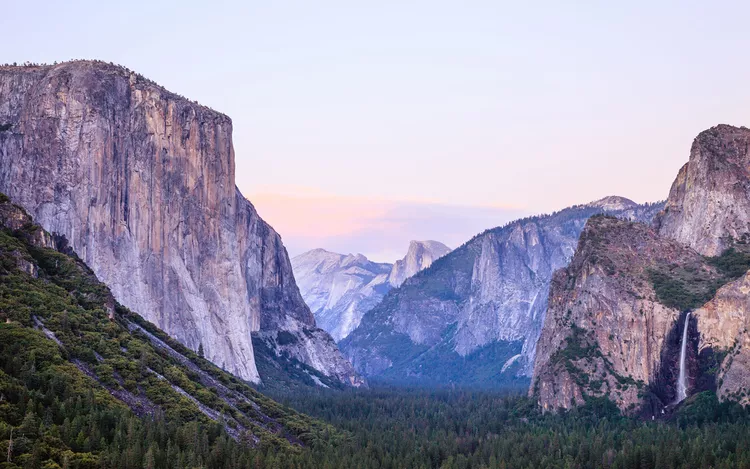Summary of El Capitan
1. Geological Formation
El Capitan is one of Yosemite’s most iconic features and a celebrated climb for mountaineers worldwide. This 3,000-foot-tall granite cliff in Yosemite Valley, California, began its formation approximately 220 million years ago, resulting from the collision of tectonic plates.
The magma from this collision seeped upwards, crystallizing into granite, a material known for its incredible strength—comparable to steel and considerably harder than marble. El Capitan, initially hidden underground, was eventually pushed to the surface through tectonic activity, becoming a prominent feature of California’s Sierra Nevada mountain range.
:max_bytes(150000):strip_icc():format(webp)/4-2000-36fbc0e355b14f59a50b03f71b6732d0.jpg)
Over millions of years, the elemental forces of nature, particularly the Merced River, sculpted the valley, gradually eroding the softer rock and revealing El Capitan in its towering splendor. Glaciers then further defined its features, establishing its remarkable vertical face.
2. Cultural Significance
The first humans to encounter El Capitan were the Ahwahneechee people, part of the Miwok tribe, who thrived in the valley for thousands of years. They utilized the abundant resources available, from wildlife to a variety of edible plants.
Diverse names for El Capitan reflect its cultural importance, with interpretations such as “Rock Chief” and stories of mythical origins. The arrival of European explorers in the 16th century marked a significant shift for the valley and its indigenous inhabitants, leading to conflicts and eventual displacement.
:max_bytes(150000):strip_icc():format(webp)/5-44fc7de02b144e1f90310ed28e4c9e4e.jpg)
3. Climbing Legacy
By the mid-20th century, El Capitan had become synonymous with the pinnacle of rock climbing. Mountaineer Warren Harding’s audacious ascent in 1958 was a groundbreaking feat, employing techniques shaped by Himalayan climbing experiences. His method of fixing ropes along a route named the “Nose” made it possible for future climbers to tackle this formidable granite wall.
As climbing technology advanced, the challenge of summiting El Capitan evolved. Modern climbers now seek to “send the Nose” in days rather than months, demonstrating the evolution of skill and technique in the sport. Notably, climber Hans Florine achieved a remarkable record with his 160th ascent of the Nose, showcasing the enduring allure of El Capitan.
:max_bytes(150000):strip_icc():format(webp)/3-2000-19c4be254543490b96533b315d52d702.jpg)
Thus, El Capitan stands not just as a natural wonder but as a symbol of human ambition and resilience against nature’s grandeur. Climbing the great wall continues to attract adventurers seeking to experience its colossal presence and the thrill of overcoming its formidable challenges.




